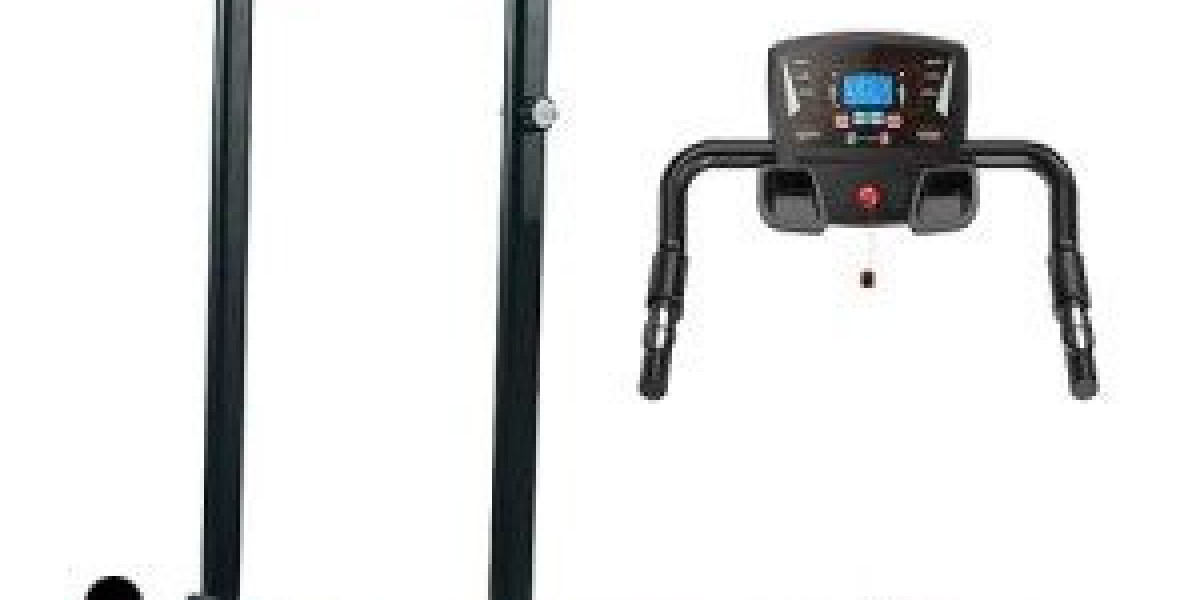Photonic Sensors: Harnessing Light for Precision Sensing
Photonic sensors are advanced sensing devices that utilize light (photons) to detect and measure physical, chemical, or biological parameters. By leveraging the unique properties of light, these sensors offer high sensitivity, fast response times, and immunity to electromagnetic interference—making them essential in a wide range of high-performance and emerging applications.
What Are Photonic Sensors?
Photonic sensors work by detecting changes in light characteristics—such as intensity, phase, wavelength, or polarization—when the light interacts with the environment or a target material. These changes are then converted into electrical signals for analysis. Photonic sensors typically include components such as light sources (lasers or LEDs), optical fibers, photodetectors, and signal processing units.
Types of Photonic Sensors
Fiber Optic Sensors: Use optical fibers to guide light and detect changes due to strain, pressure, temperature, or chemical composition. Ideal for harsh or remote environments.
Optical Biosensors: Detect biological interactions using light, widely used in medical diagnostics, environmental monitoring, and food safety.
Laser-Based Sensors: Use lasers to precisely measure distance, velocity, or composition via techniques such as LIDAR (Light Detection and Ranging).
Photonic Crystal Sensors: Utilize nanostructures that manipulate light to enhance sensitivity for detecting gases, chemicals, or biomolecules.
Key Applications
Healthcare and Diagnostics: Optical biosensors for early disease detection, glucose monitoring, and point-of-care testing.
Industrial Monitoring: Fiber optic sensors for real-time monitoring of pipelines, bridges, and machinery.
Environmental Sensing: Detection of pollutants, gases, and water quality parameters.
Defense and Aerospace: Vibration, strain, and intrusion detection in aircraft, submarines, and secure facilities.
Automotive and Mobility: LIDAR systems for autonomous driving and object detection.
Telecommunications: Photonic components used for signal processing and monitoring in fiber-optic networks.
Advantages of Photonic Sensors
High Sensitivity and Accuracy: Capable of detecting extremely small changes in the environment.
Electromagnetic Immunity: Ideal for use in environments with high electromagnetic interference.
Miniaturization: Optical components can be integrated into compact, chip-scale systems.
Long-Distance Sensing: Particularly useful in remote or distributed sensing applications.
Multiplexing Capabilities: Multiple sensors can be operated on a single optical fiber.
Challenges and Future Outlook
Despite their advantages, photonic sensors face challenges such as high initial costs, complexity in fabrication, and the need for specialized knowledge. However, advancements in photonic integrated circuits (PICs), nanophotonics, and cost-effective manufacturing are expanding accessibility and adoption.
As demand grows for smart sensing in fields like IoT, precision medicine, and autonomous systems, photonic sensors are poised to play a pivotal role in the next generation of intelligent technologies.
Conclusion
Photonic sensors offer a compelling combination of precision, speed, and resilience, making them indispensable in both traditional and cutting-edge applications. As innovation continues, these sensors will drive progress in smarter, safer, and more connected environments.
Read More
| Inverter Duty Motor Market |
| LC Antenna Market |
| Patch Cable Market |
| Audio and Visual Public Address System Market |
| Eddy Current Testing Market |








